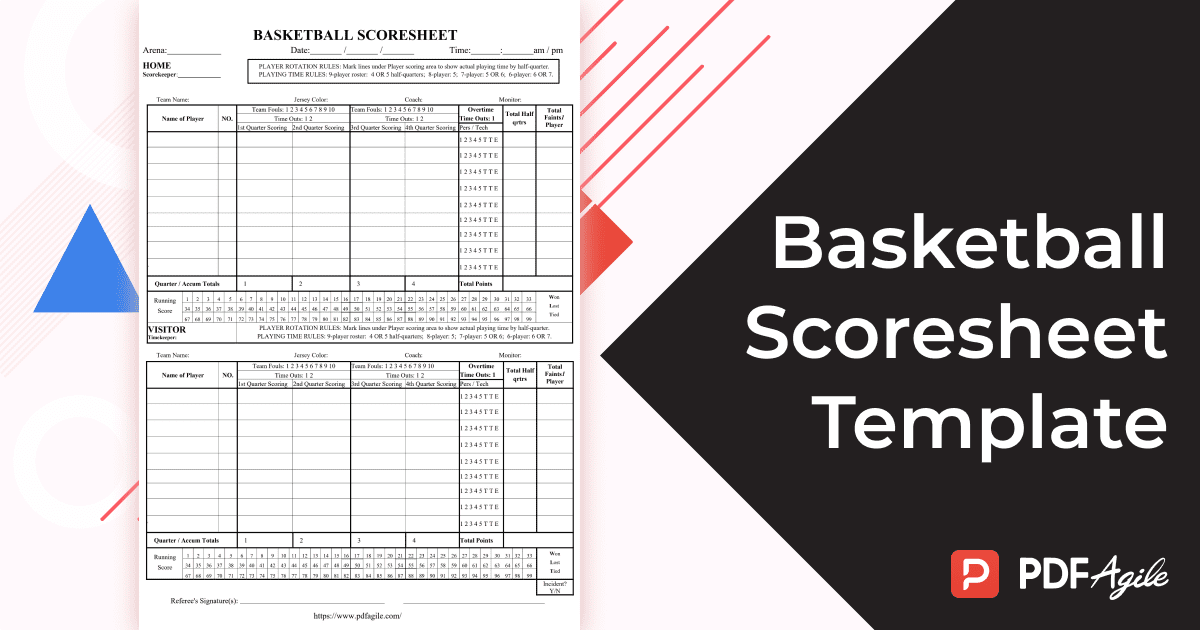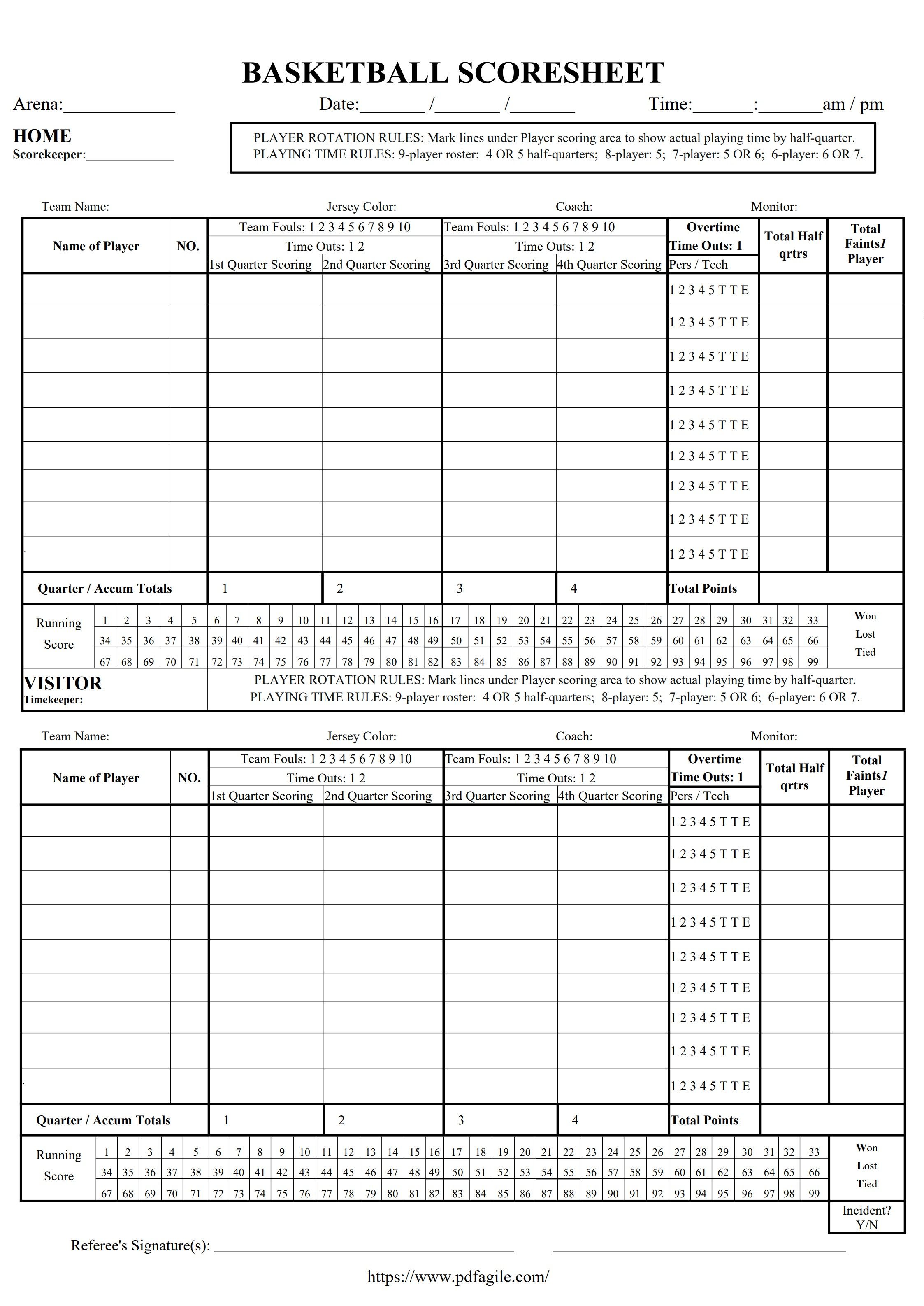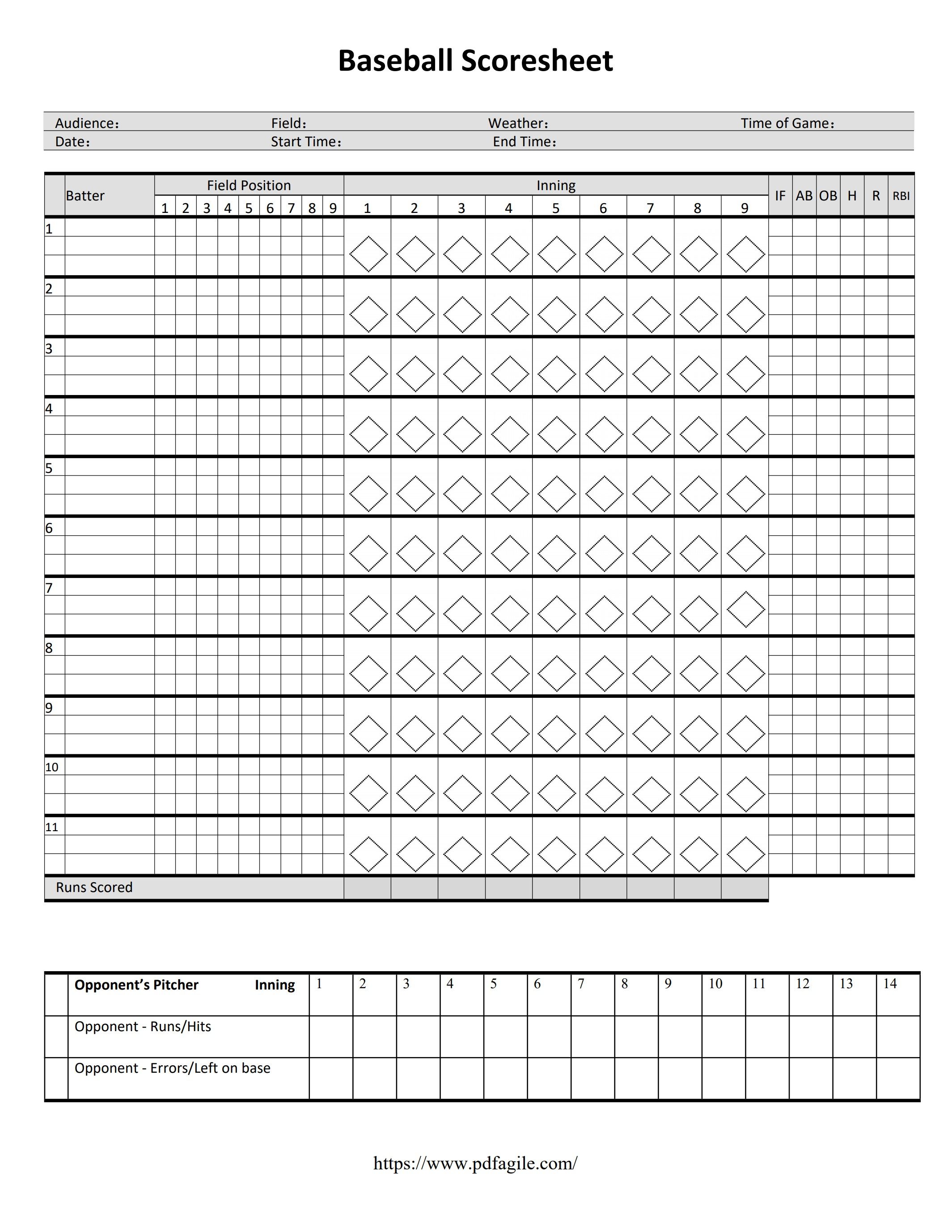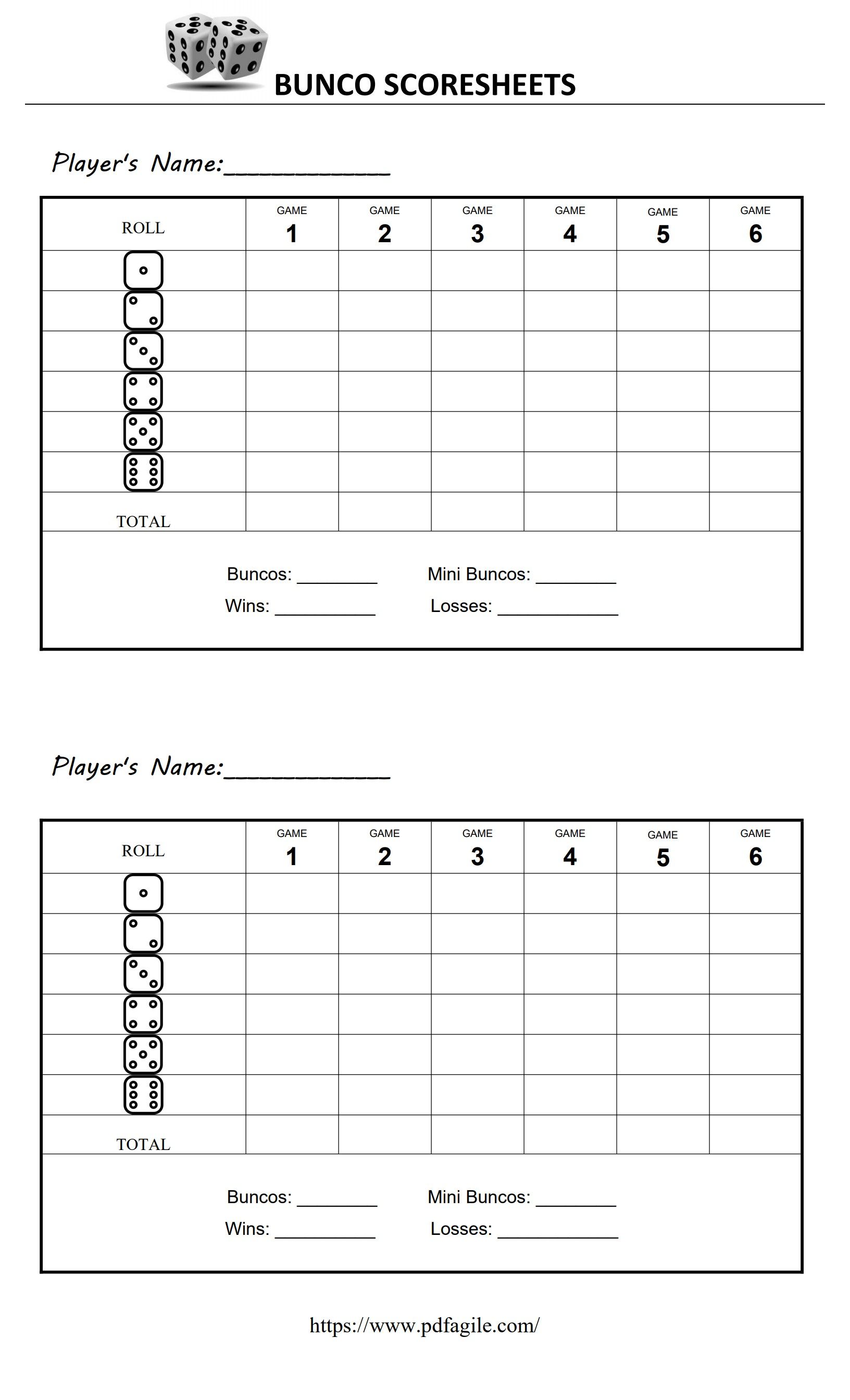Ever been caught up in the heat of a close basketball game, unsure of the score by the final buzzer? Or maybe you're a coach looking for a way to track player performance and strategize for future victories.
No matter your skill level or role on the court, keeping score is an essential part of the basketball experience. Here's where a reliable basketball scoresheet comes in handy. This blog post will guide you through the benefits of using a scoresheet, explore its basic format, and offer helpful tips to ensure smooth scorekeeping throughout your next game. So, grab your pen, download a free template, and get ready to keep your eye on the score!
What is a Basketball Scoresheet?
A basketball scoresheet is a crucial document used to keep track of everything that happens during a game. It's like a game's official record keeper, ensuring clarity and accuracy for everyone involved.
Here's a breakdown of its functions:
- Tracking Points: The primary function is to track points scored by each team throughout the game. This is usually displayed in a section dedicated to quarters, where points scored in each quarter are recorded for both teams. Additionally, a "running score" section might be present to offer a quick glimpse at the current score.
- Fouls and Other Stats: While tracking points is essential, some scoresheets go beyond that. They might include dedicated sections for recording fouls committed by each player. These sections often use designated symbols for different foul types (personal, technical, etc.) for easy reference. Even more advanced scoresheets might allow for tracking additional statistics like rebounds, assists, turnovers, and free throws, providing a more comprehensive picture of individual and team performance.
- Available Formats: It's important to note that basketball scoresheets come in different formats. Traditional paper scoresheets are still widely used, but digital scorekeeping apps are gaining popularity, offering a convenient and potentially more efficient way to track the game.
Benefits of Using a Basketball Scoresheet
- Accuracy Under Pressure: Basketball games can be fast-paced and exciting, with points scored quickly. A scoresheet helps prevent scorekeeping errors, especially during close games or when multiple baskets are made in rapid succession.
- Clear Picture of the Game: Having a scoresheet acts as a visual record of the game's progress. This provides a clear picture of how each team is performing throughout the game, allowing players, coaches, and spectators to easily follow the score and any important statistical trends.
- Statistical Analysis Powerhouse: Some scoresheets go beyond basic points tracking. They may include sections for recording individual and team performance metrics like fouls, free throws made and attempted, rebounds, assists, steals, and turnovers. This allows coaches and players to analyze individual and team performance after the game, identifying areas of strength and weakness for future improvement.
- A Lasting Record: A completed scoresheet serves as a permanent record of the game's details. This can be a valuable resource for future reference, helping players and coaches revisit game statistics and strategies.
Basketball Scoresheet Basic Format
A basketball scoresheet provides a visual representation of the game's progress. Here's a breakdown of its typical layout:
Team Names and Logos: Clearly identify the competing teams at the top of the sheet, often with logos for visual reference. Quarters Sections: The sheet is divided into sections, typically four, corresponding to each quarter of the game. Each section should have space to record the points scored by both teams during that quarter. This allows for easy tracking of score progression throughout the game.
- Running Score Section: A dedicated section displays the current score of both teams, often updated after each basket. This provides a quick and convenient way to stay informed about the overall score without needing to calculate it manually.
- Optional Sections: Depending on the complexity of the scoresheet, some may include additional sections for tracking individual player statistics. These might include:
- Points: Separate columns to record the points scored by each player throughout the game.
- Fouls: Designated spaces to mark the number of fouls committed by each player (using symbols like "P" for personal fouls or "T" for technical fouls).
- Rebounds: Sections for recording offensive and defensive rebounds for each player.
The specific layout and features of a basketball scoresheet can vary depending on the level of play (professional, recreational) or the preference of the scorer. However, understanding these basic elements will help you navigate and utilize a basketball scoresheet effectively.
How to Use a Basketball Scoresheet?
Keeping track of the action on the court can get intense! Don't worry, this step-by-step guide will turn you into a star scorekeeper, ensuring smooth and accurate recording throughout your next basketball game.
1. Before the Game Begins:
- Designate a Scorekeeper: Choose a responsible and knowledgeable person to be the official scorekeeper. This person should be familiar with basketball rules and comfortable keeping track of a fast-paced game.
- Prepare the scoresheet: Download a free printable template or use a pre-printed sheet. Familiarize yourself with the layout, including sections for team names, quarters, running score, and potentially individual player statistics.
- Clearly Label Teams: Write down the names of both teams at the designated sections on the scoresheet. This avoids confusion, especially during close games.
2. During the Game:
- Track Points: After every basket, record the points scored for the corresponding team in the current quarter section. Update the "running score" section to reflect the overall total. Be mindful of different point values: 2 points for field goals and 3 points for three-pointers (if your sheet allows separate tracking).
- Record Fouls: As fouls are called, keep track of which players committed them. Locate the designated section for fouls and use the provided symbols (numbers, letters, or abbreviations) to mark them. If unsure about a symbol, consult another scorekeeper or a referee for clarification.
- Optional Statistics: Some scoresheets offer sections for additional player statistics beyond points. If your sheet allows, you can briefly track rebounds, turnovers, assists, steals, etc. However, prioritize keeping track of points and fouls first.
- Double-Check Often: Don't rush! After each basket or foul, take a moment to double-check your entries for accuracy. This helps minimize errors and ensures a reliable record of the game.
Between Quarters and After the Game:
- Quarter Review: At the end of each quarter, double-check the scores and fouls recorded for both teams. This allows for corrections before moving on to the next quarter.
- Final Tally: Once the game is over, add up the points from each quarter for both teams to determine the final score.
- Review and Clarify: If any discrepancies arise during the game, consult with other scorekeepers or referees for clarification before finalizing the scoresheet.
By following these steps and maintaining focus, you'll be well on your way to becoming a reliable basketball scorekeeper! Remember, keeping a score should enhance the game experience, not detract from it. So, relax, have fun, and enjoy the competition!
Tips for Using a Basketball Scoresheet: Be the Star Scorer
Keeping track of the action on the court can get intense! Here's a breakdown on how to effectively use a basketball scoresheet:
- Team Spirit: Clearly write down the names of both teams on the designated sections of the scoresheet. This avoids confusion, especially during close games.
- Point Tracking: Throughout the game, keep track of points scored by each team after every basket. Mark points accurately in the corresponding quarter section and update the running score section to reflect the current total. Be mindful of different point values for field goals (2 points) and three-pointers (3 points) if your scoresheet allows for separate tracking.
- Foul Play: Fouls are a crucial part of the game. As fouls are called, keep track of which players committed them. Some scoresheets use designated symbols (numbers or letters) to represent fouls. Be sure to understand these symbols beforehand.
- Statistically Speaking: Some scoresheets offer sections for additional player statistics beyond points. If your sheet allows, you can briefly track rebounds, turnovers, assists, steals, etc. However, prioritize keeping track of points and fouls first.
- Double-Check Time: Don't let the fast pace of the game lead to mistakes! After each quarter and at the end of the game, double-check all scores, fouls, and any additional statistics you've recorded. This ensures accuracy and avoids any post-game disputes.
- Embrace Technology: Explore digital scorekeeping apps as a convenient alternative to paper scoresheets. These apps can automate calculations and provide real-time statistics for a more streamlined experience.
- Bonus Tip: Maintain a positive and focused atmosphere! While keeping a score is important, remember that basketball is a game. Enjoy the competition and the camaraderie on the court.
Free Download: Printable Basketball Scoresheet Template
To help you get started, we have created a free, printable basketball scoresheet template. You can download the template by clicking the Use Template button on this page.
You can also explore more scoresheet PDF templates in PDF Agile Templates Center.





